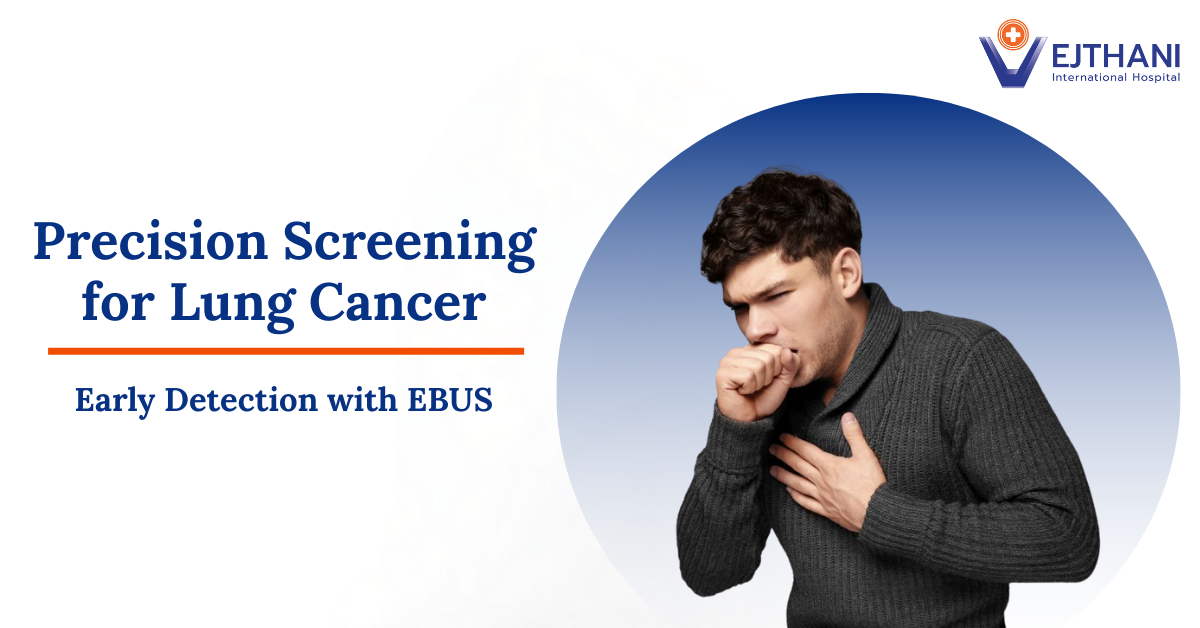
Fibrocystic breasts
Diagnosis
The diagnosis and evaluation of fibrocystic breasts often involves assessing the medical history and performing a physical examination. During a clinical breast exam, the doctor examines the breasts and the lymph nodes in the lower neck and underarm area to look for abnormal breast tissue.
In the event that a new lump or abnormal breast tissue is discovered during a clinical breast exam, the patient may be asked to return for a follow-up appointment a few weeks after her menstrual period. If the changes persist or if the breast exam is concerning, additional testing may be necessary to further evaluate the breast tissue.
Additional tests include:
- Mammogram: This is an X-ray exam that focuses on a specific area of concern in the breast. Mammography is often recommended when a breast lump is felt or there is a thickening in the breast tissue.
- Ultrasound: This exam is usually recommended to younger women whose breast tissue is typically too dense to be evaluated with mammography. The doctor can use ultrasound to differentiate between fluid-filled cysts and solid lumps. An ultrasound, which uses sound waves to create images of the breasts, is frequently performed in conjunction with a mammogram.
- Fine-needle aspiration: A fine-needle aspiration may be used to burst the cyst and alleviate discomfort. This procedure checks if the fluid can be removed from a breast bulge that feels similar to a cyst.
- Breast biopsy: A breast biopsy is a process that involves removing a tiny sample of breast tissue for laboratory examination. This helps establish whether a lump is solid or a cyst, as well as whether it is malignant. A cyst may be removed during the biopsy.
If an imaging test reveals a suspicious area in the breast, the doctor may recommend an ultrasound-guided breast biopsy or a stereotactic biopsy that utilizes mammography to accurately locate the area for biopsy.
Even if a person initially had a normal mammography, it is critical to report any new or persistent breast changes to a medical professional. To assess the changes, one may require another tests such as diagnostic mammography or ultrasound.
Treatment
Once the doctor has ruled out cancer, most fibrocystic breast changes do not require treatment. Over-the-counter medications can normally be used at home to alleviate any related pain. This includes pain relievers, such as acetaminophen or nonsteroidal anti-inflammatory drugs (NSAIDs), such as ibuprofen or naproxen sodium. Oral contraceptive also known to help manage the levels of cycle-related hormones.
Wearing a well-fitted and supportive bra during the day and at night can alleviate breast pain and discomfort caused by fibrocystic breasts. Additionally, reducing or avoiding caffeine intake may also help in reducing the uncomfortable symptoms associated with this condition.
Severe pain or huge, painful cysts in fibrocystic breasts may necessitate treatment. Several treatment options include:
- Fine-needle aspiration: Getting rid of the fluid proves that the lump is a breast cyst. Using a hair-thin needle, the cyst is compressed, reducing the pain that comes with it.
- Surgical excision: If the cyst-like lump does not heal with frequent aspiration and monitoring, surgery may be recommended. Surgical treatment is also done if the result of the clinical exam is alarming.
Contact Information
service@vejthani.com






















